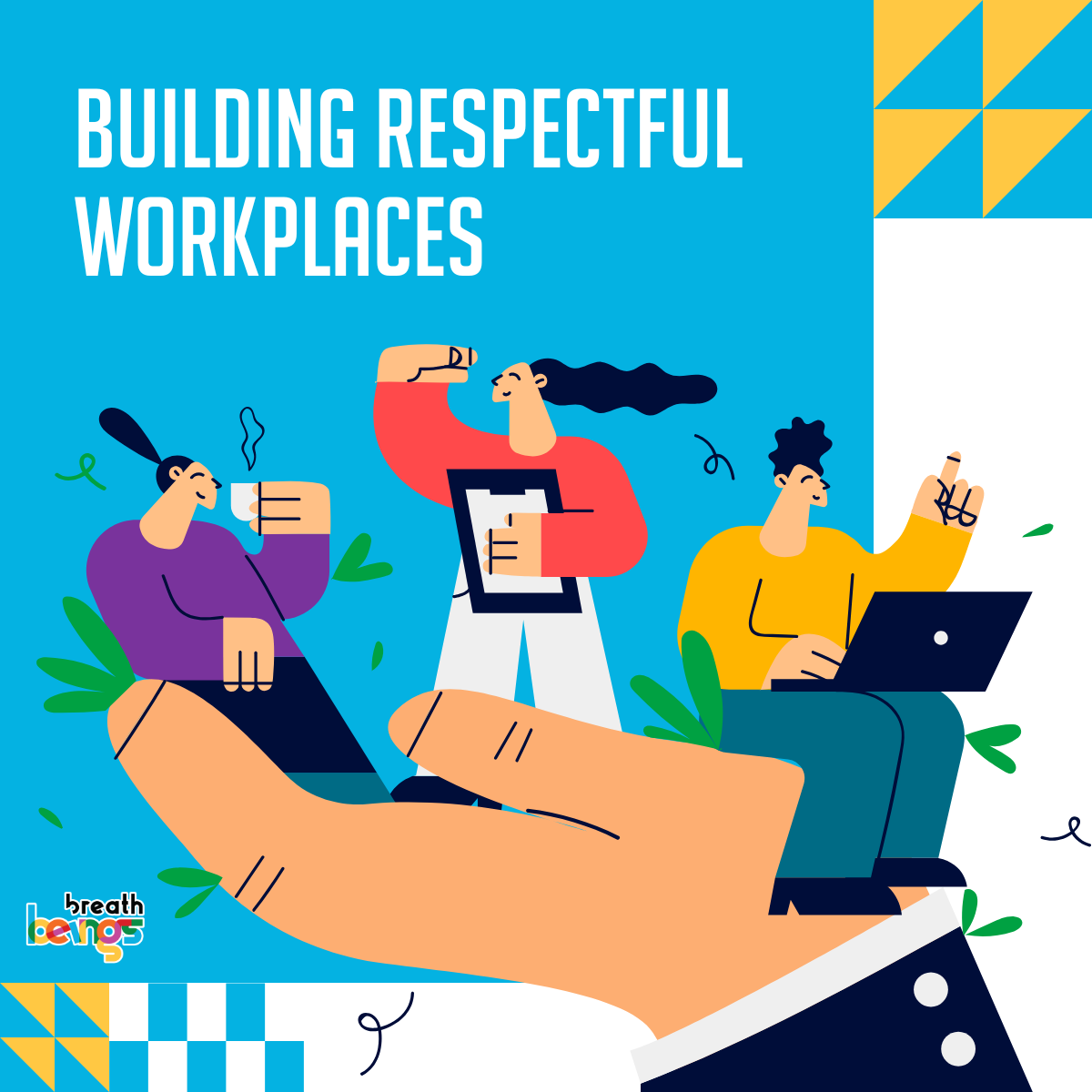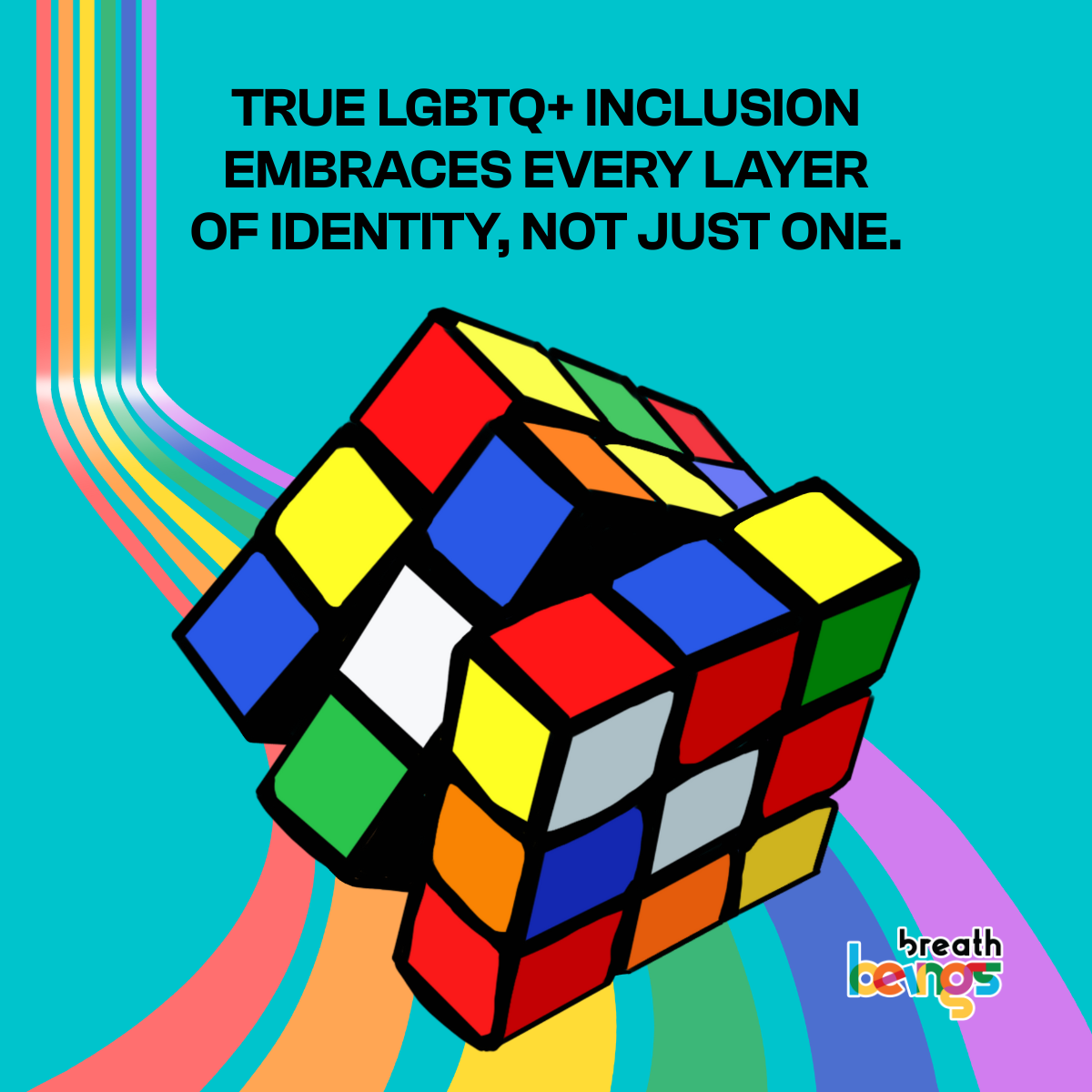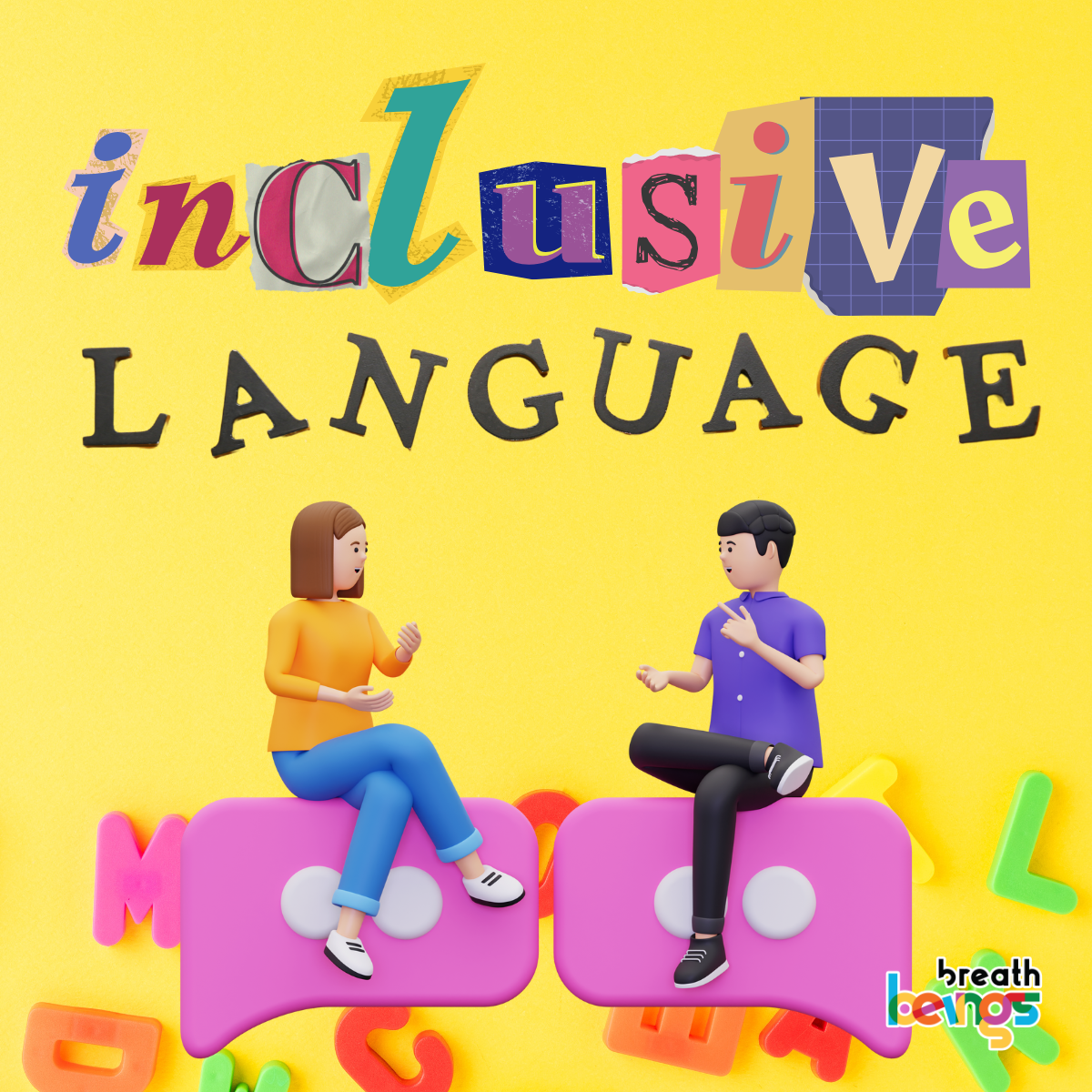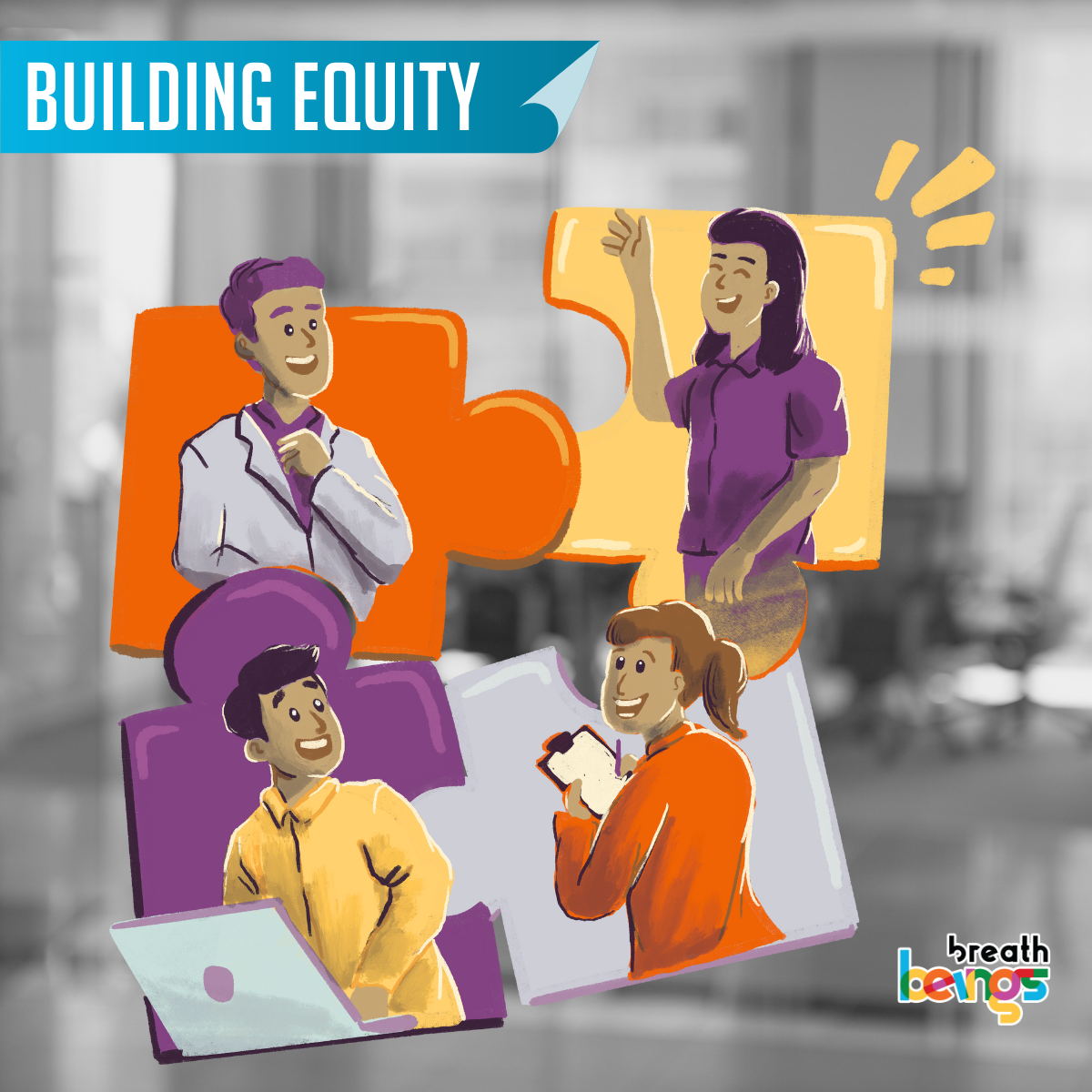Diversity and inclusion have become core values for many organizations today. And for good reason.
After all, diverse teams outperform homogeneous ones, leading to increased innovation, higher employee engagement and retention, and improved financial performance. A survey from Deloitte confirms this. Seventy-nine percent of participants agree that making employees feel like they belong is crucial to organizational success.
However, despite devoting significant resources to D&I initiatives, many companies still struggle to reap the full benefits of a truly diverse and inclusive workforce.
Why is that?
The disconnect often lies in conflating diversity with equity. Simply having a diverse workforce is not enough – it’s important to dig deeper to examine the systemic barriers and unequal opportunities that may exist within your structures, policies, practices and cultural norms. Even with good intentions around diversity, inequities can persist in many areas. For instance:
- The “broken rung” at the first step up to manager, where women are disproportionately overlooked for promotions. A McKinsey study shows that the broken rung, and not the glass ceiling, is the primary hurdle in women’s career advancements
- Lack of equitable access to high-profile assignments that provide critical experiences to move into senior leadership
- Exclusion from the same robust mentoring, sponsorship and advocacy opportunities that tend to accelerate men’s career growth
- Persistent pay and opportunity gaps exacerbated by motherhood and childcare expectations
- Subtler dynamics like unconscious biases, workplace cultures that reward masculine leadership styles, and fewer organizational support structures
Having an equity mindset helps you to proactively identify and address these disparities in opportunity and advancement to create spaces where women can thrive. It means rigorously examining processes and cultural norms across the employee lifecycle to ask pertinent questions.
Adopting an equity lens entails taking comprehensive steps at the grassroot level. Are you an organization that wants to wholeheartedly support women’s leadership?
Then here are our top 3 recommendations to get started.
#1 Implement robust sponsorship initiatives
While mentorship provides advice and guidance, true sponsorship is the key to creating direct leadership opportunities. That means, organizations should endeavor to implement formalized sponsorship programs that ensure women get equal access to sponsors across demographics.
Take care to educate sponsors about the unique challenges and barriers women face while setting clear expectations around their role. This might also include training them on how to use their influence to facilitate high-visibility roles and promotions for their proteges.
And don’t forget to establish metrics to track the program’s progress and to emphasize accountability for successful sponsorship outcomes.
With equity at the core, sponsorship empowers women’s leadership trajectories in ways mentorship alone cannot.
#2 Achieve true pay equity
Many organizations claim to have equal pay policies, but do they really? Data shows otherwise. A 2024 DBS report says, that the perceived gender pay gap in India is 23% with affluent women reporting more of a gap at 30%.
Inequity in pay persists despite the Indian government even introducing the Equal Remuneration Act, 1976, and organizations putting in their own efforts. Because true pay equity requires deeper thought and action than what’s in place now.
There’s an immediate need for more transparency in compensation practices and policies, which includes instituting accountability measures tying leadership incentives to measurable pay equity targets. Making it purely data-driven, leveraging statistics, and other analytics, will enable organizations to make merit-driven decisions.
Formalizing pay equity review and approval processes for hiring and promotion decisions, and analyzing rewards like bonuses, stock grants, etc. can also help shed light on inherent gaps.
And sometimes, organizations might be genuinely blind to certain disparities, which can be made visible through rigorous audits using credible third-party services.
#3 Invest in women leadership development
The Simmons School of Business in Boston has been offering customized women’s leadership programs to businesses for over four decades. “The purpose of the program is not to “fix” the women. The purpose is for participants to gain a nuanced view of how gender dynamics are playing out in the organization, to better understand how gender may be having an impact, and then to decide what they want to do about it,” explains CGO Insights in a case study on the program.
This is, perhaps, one of the best definitions of the purpose of women leadership development programs in general. Women’s leadership programs are specifically targeted at women compared to generic ones which have a broader audience. Because while valuable, general leadership programs often miss contextualizing development to the distinct challenges and societal dynamics women face in the workplace.
Ideally, dedicated women’s leadership development programs will examine mindsets, biases, confidence and self-promotion gaps to explore authentic, individualistic leadership styles to give women their voices. They will facilitate the creation of influential support networks, provide a safe space for discussing shared experiences, and help visualize ways to overcome existing hurdles.
The heart of true D&I is a profound cultural shift, where equity becomes a lens through which every decision, policy and practice is examined and adjusted as needed. And building this cultural equity DNA takes a multi-pronged approach of policies, training, communication, data-driven adjustments and vigilant change management over time.
The path is neither quick nor easy, but achieving true equity and inclusion is a journey well worth taking. It makes you test the frontiers of your workforce’s full potential. And the results might just surprise you.












